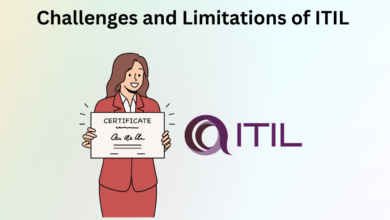Windows 10 will become a ‘recommended update’
After a controversial move to pre-download Windows 10 onto the PCs of Windows 7. 8 and 8.1 owners, regardless of whether the owner wants to upgrade, Microsoft will start a more aggressive push starting early next year.
“We expect to be re-categorizing Windows 10 as a “Recommended Update,” said Terry Myerson, executive vice president of Microsoft’s operating systems engineering division. “Depending upon your Windows Update settings, this may cause the upgrade process to automatically initiate on your device.”
Despite the announced aggressive push to get Windows 10 onto as many desktops, laptops and tablets out there, Myerson is providing more transparency on how upgrades and downloads are handled, a change of pace from the earlier debacle where forced downloads caused users connected to wireless mobile broadband networks to incur data charges.
“We understand you care deeply about what happens with your device,” Myerson explained. “This is why — regardless of your upgrade path — you can choose to upgrade or decline the offer.”
Windows update
Before making Windows 10 as a “recommended update” on the Windows Update server next year to users, Microsoft will soon begin to categorize the software as an “optional update” for existing Windows owners.
Users will be presented with a dialog box prompting them to upgrade, “where they can choose to upgrade to Windows 10 or choose not to upgrade to Windows 10,” Myerson said. Windows 10 was initially launched on July 29, and owners of Windows 7, 8 and 8.1 have a year from that date to upgrade to Windows 10 for free.
Microsoft has a 31-day rollback policy where you can downgrade from Windows 10 to your prior operating system and still keep all your apps, files and settings. The move was likely put into place to get users to try Windows 10 without having to commit to the operating system if they didn’t like it.
Metered connections To avoid the controversy this summer where users on a metered connection racked up data charges as a result of Microsoft pushing out Windows 10 without their knowledge, Myerson recommends that these users turn off automatic updates.
With automatic updates turned off, users should frequently check Windows Update to see if other important or recommended updates become available, and it will be up to them to keep their systems up to date.
Creating Windows 10 installation media
For households or small businesses looking to upgrade multiple PCs, Microsoft will soon release the Media Creation Tool, which will allow Windows users to create their own DVD or USB install keys.
With the recovery media, you’ll save time since you won’t need to download Windows 10 files onto each separate PC.





